Punto Ocho: Boricua car culture and the E70 Toyota Corolla
Growing up in the Bronx in the 1980s and ’90s, you’d see them all over the place. Boxy, slammed E70-series Toyota Corollas with loud exhausts, usually with a Puerto Rican or Dominican flag somewhere on the car. At first, I didn’t think much of them. After all, Corollas were part car, part appliance, and for every cool one cruising the Grand Concourse, there were 50 more beige ones being driven until their wheels fell off by people who cared nothing about cars. My driver’s ed car was a ratty brown E70 sedan.
But one warm night in 1996, I went down to the famous Hunts Point drag races with a friend who insisted “they’ll blow your mind.” He was right. There I watched a bunch of old Corollas, Starlets, and Mazda GLCs go toe-to-toe with 5.0 Mustangs, to the delight of the crowd. It was a wildly diverse group of cars and people, but two things really stood out: how many Puerto Rican flags were in evidence and the sheer number of old E70s, colloquially called “Punto Ochos.”
This racing scene is certainly famous, and much has been written about it over the years. Vibe magazine’s 1998 “Racer X” article, about Dominican drag racer Rafael Estevez, went on to inspire The Fast and the Furious. But the contribution of both Dominican and Puerto Rican enthusiasts to this world, and Japanese car culture in America generally, often feels underplayed in English-language media.
“Stories of old Japanese cars in America are usually told from a West Coast perspective, and that leaves out a lot of history,” says Peter Diaz, one-half of New Jersey-based Team Toyminator. Peter and his older cousin Ray “Junior” Diaz held huge numbers of old-school Japanese car events under that label for a decade starting in 2000.
To hear the story of how the E70 became a tuner car favorite, and how Japanese tuner culture took root in Puerto Rico and among Boricua (people from the island or of Puerto Rican descent) living on the mainland, I met up with the pair at Junior’s home in Plainfield, New Jersey. Also along for the discussion were Eugenio Colon, Dave Hernandez, and William Rivera—all longtime Corolla fans. They even brought their cars to showcase some of the different ways people build E70s.

Junior alone owns four of them, all two-door sedans. His white car is done up JDM-style with a Nissan SR20 swap, while his blue one is built to resemble Puerto Rico-style builds of the early 1980s. He’s also got a mostly stock silver two-door and is working on a factory-correct restoration of a copper ’83. On the day we met, Hernandez brought along his automatic ’81 wagon and Rivera his ’82 SR5 sport coupe.
Peter and Eugenio drive AE86s, cars which have largely overshadowed their E70 forebear, but between the five men, they’ve had dozens of E70s and been involved with them for decades. Eugenio, who grew up in Puerto Rico in the 1970s, started us off on the island proper.
The Japanese Invasion of Puerto Rico

Japanese cars began arriving in Puerto Rico in real numbers around 1970, and they found a willing audience.
Gas is sold by the liter on the island, and like many other things (including car parts), oil is imported and made pricier by the Jones Act. With fuel prices higher and wages typically lower than on the mainland, fuel-efficient, rock-reliable Datsuns and Toyotas were quickly popular, just as VW Beetles had been 10 years earlier. Brand-agnostic Puerto Ricans also held fewer biases against Japanese products than mainlanders.
Light, small, and rear-wheel drive, it did not take long for people to start modifying Corollas, Datsun 510s, and Mazda RX-3s and exchanging information, says Colon. While the rotary Mazdas were often the fastest out of the box, Toyota dominated sales. “Puerto Rico has 78 individual towns, and by 1979 they all had at least one Toyota club and sometimes more than one.”
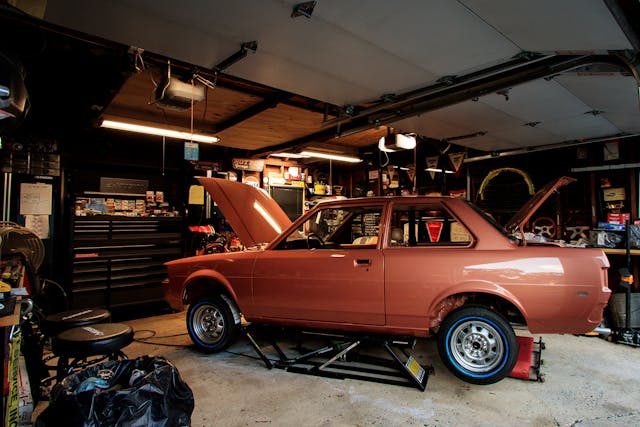
Early modifiers went one of two ways, says Colon. “Drag racing is very popular in Puerto Rico, so most builds were about straight-line speed,” but the cars were also often modified just for aesthetics, with lowered or cut springs, aftermarket wheels, fancy paint jobs, and a dizzying array of accessories, some locally made and some from Japan. In lots of ways, these cars mirrored the looks of Japan’s Shakotan-style cars but evolved independently.
Even non-car people were well aware of them. “Instead of booking limos for weddings or Quinceañeras,” Colon says, “People would book cars from the clubs and do a caravan. Usually with a Kojak-style orange flashing light on each car.”
The first Corollas to catch tuners’ eyes were the 1.6-liter 2T-C–powered E20 (1970) and E30 series (1974). Early on the 2T-C E20 belted out 101 hp, far more than some contemporary sports cars like the MGB, and that was before any modifications. Meanwhile, in Japan, Toyota engineers led by Fumio Agetsuma were working on an even better Corolla: the E70.
Peak Corolla

Agetsuma, a Toyota veteran since 1955 and previously a designer on the Corona and Mark II, joined the Corolla team in 1969 and became its lead engineer in 1974. That was just before the E30-series’ debut, but he was stung by critical reviews of that car.
Supposedly, on a visit to the Netherlands, Agetsuma heard the E30’s leaf springs compared unflatteringly to those of a 19th-century carriage. The U.S. press liked the Corolla’s durability and price but also gave it a drubbing for being basic and unsophisticated compared to newer front-drivers like the VW Rabbit.
For the next Corolla, Agetsuma’s team did extensive customer research in hopes of retaining all the things people liked about Toyota’s biggest global seller while addressing the criticisms. Power steering, sunroofs, and a nicer interior (possibly inspired by the Honda Accord) appeared, though there were still very basic versions. Agetsuma didn’t want buyers to move on to bigger or fancier cars but instead return for more Corollas. There was no GM-style “ladder” in his mind, only Corollas for every purse and purpose.

A five-link coil-spring rear suspension supplanted the leaf springs on all but wagons and vans. Yes, vans. Although they all weren’t sold in the U.S., the E70 offered eight body styles, including a commercial van and three coupes: notchback, fastback, and liftback wagon. While they looked boxy and plain, they were also more aerodynamic than previous Corollas. In Japan, there were nine different engines, but only two ever came to the U.S.: the 1.8-liter, OHV 3T-C (1980 to 1982) and the 1.6-liter SOHC 4A-C (1983 only).
The E70-series debuted in Japan in the fall of 1979 to immediate global success. Agetsuma’s improvements worked so well that production soared to record levels. By mid-1980, Toyota City was building more than 2300 Corollas a day. They built them well, too. The car’s only real long-term weakness? Rust.
El Punto Ocho
It was the “1.8” badges that earned the “Punto Ocho” nickname. While the 3T-C made only about 75 hp out of the box, it was ripe for tuning. The improved rear suspension made handling better and the big engine bay made it an easily exploitable—and affordable—performance platform. A huge aftermarket gradually developed around it, and ever-better engine swaps were made possible by the Lego-like interchangeability of newer Toyota parts.
E70s proved as popular in Puerto Rico as they were everywhere else, but their arrival coincided with the formation of large-scale car shows on the island dedicated to Japanese cars. “The cars were still basically new in the mid-1980s,” Junior says, “But people were already building dedicated show cars out of them.”
Drag racers loved them, too, as they were no heavier than the E30 but did lots of things better. Early on, rotary swaps and turbo builds were common, but in the years since, just about anything you can think of has been swapped into an E70, from 13B rotaries to Chevrolet LS1s. Junior Diaz’s white E70 has a Nissan SR20 swap. However, no matter what engine ended up under the hood, Colon says, the name has always stuck. “V-8 swaps, rotaries, whatever. Nobody ever calls it anything but ‘Punto Ocho.’”

From San Juan to Avenue P
By the early 1980s, more than 2 million Boricua were living on the mainland but regularly communicating with immediate family in the territory. With “home” just a three-hour flight away and cultural ties so strong, trends born on the island were rolling on the streets of Newark, New York, and Cleveland.
“Family was always very important to us,” says Junior, “And in the 1980s we would regularly go back to Puerto Rico and my mom would make me go see every auntie and cousin. Of course, my uncle had an AE86, with fancy wheels and cut springs, and he’d be the one to drive me around.” After a drastic drop in migration in the 1970s, more Puerto Ricans also began migrating again. “We knew lots of people who’d bring their car with them,” says Peter. “Or even bring parts to modify another car here.”
“There were also companies who would only sell stuff in Puerto Rico,” says Hernandez. “There were lots of wheels, strip mirrors, custom louvers, and other things you could only get there, so you’d have family ship them to you.”

The club structure first seen on the island was soon mirrored on the mainland. “One of the big things in the 1980s and 1990s was the flags,” says Peter. “They were triangle-shaped banners that you’d hang from your back window so everybody knew what club you were in. Sometimes, as a sign of respect, you’d exchange flags with other clubs and hang them in your garage. It was just being part of a big community.”
Junior, Hernandez, and Rivera are too young to have bought E70s new, but they grew up surrounded by them and started buying their own in the mid-1990s, when their depreciated prices made them low-risk, high-reward investments.

“Growing up in Newark, everybody I knew drove a Toyota, and I learned to wrench on them by working on my mother’s Corolla,” Hernandez says. “I got my first job at 13, I started saving and eventually bought an ’81 Corolla for $175 at an auction.” He’s had more than 20 since. “They were just cheap cars then, but valuable to us.”
“I grew up in the Hoboken projects,” says Rivera, “I would see all these car clubs and see the cars at barbecues and stuff, and I was hooked.” He bought his first Corolla in 1991, before he even had a driver’s license. “To be honest it really kept me out of trouble. Also, being involved with the clubs felt like being part of a family. Plus, there was also the cruising and the racing.”
All five of the Team Toyminator E70 superfans are from northern New Jersey. Their Hunts Point was Newark’s intimidating Avenue P, a mile-long expanse of flat blacktop in a deserted industrial area of the city’s Ironbound neighborhood. “All of my cousins would go as part of their Toyota club,” Hernandez adds. “Early on I would go and hope nobody noticed I didn’t have it registered.”
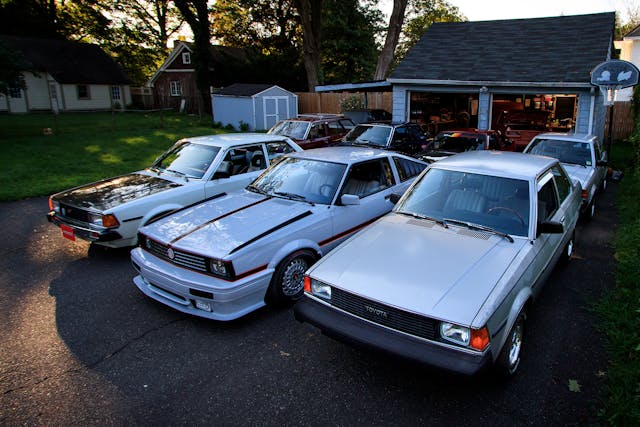
Bringing back the old school
In the 1990s, places like these and others, including Zerega Avenue in the Bronx and Brooklyn’s Fountain Avenue, were sparsely patrolled and had long been the site of regular informal drags. By 2003, just about all of them had been shut down, and the scene had changed too.
While the famous AE86 inherited the E70’s chassis and only improved on it, Toyota’s front-drive Corolla replacements were much less popular with tuners and enthusiasts. “But in the late 1990s, when Super Street and Turbo magazines were at the peak of their popularity,” Peter says, “lots of people ditched their old Toyotas and Mazdas for Hondas and DSMs (cars from Diamond-Star Motors).” It was easy to see why, he says. “The cars were newer, there were more of them, and there was this huge and easy aftermarket for them.”
Junior and Peter wanted to preserve the vibe of the car clubs and shows they’d grown up with, however, Hence Team Toyminator, which started with a front-yard bash at Hernandez’s house in Piscataway. They regularly held events until 2009, when, as Junior says, “Life intervened. Kids, elderly parents, it gets harder to have enough time.” The pair are in the process of re-launching their shows, and both have noticed a major revival of interest in old-school Toyotas over the past decade.
“Lots of younger people are getting into these cars now,” Peter says. “Particularly AE86s, but also E70s because they’re much cheaper.” The Initial D–fueled interest in the AE86 means good ones now regularly sell for $15,000 to $25,000, but E70s can be had for less. “They’re still a lot more expensive than they used to be, though,” Junior adds, laughing. “I bought my last one two years ago for $7000 and it still needs body work.”

The cars are still extremely popular in Puerto Rico. “You still see them as daily drivers in people’s marquesinas (carports), but they’re also a staple of the street scene. They really take pride in them,” says Peter. “You could eat off of those engine bays.”
On the mainland, the modern old-school Toyota universe trends more toward emulating JDM styles, Junior adds, “But there’s still a distinct ‘Puerto Rican style’ within the scene. These builds tend to intentionally look more like drag racers and cars of the ’70s or early ’80s.” This is how Junior rebuilt his own original E70. Coming full circle, he adds: “They even call it ‘PRDM’—for ‘Puerto Rican Domestic market.’”
*Author’s note: Portions of these conversations have been translated from Spanish.
***
Check out the Hagerty Media homepage so you don’t miss a single story, or better yet, bookmark it. To get our best stories delivered right to your inbox, subscribe to our newsletters.

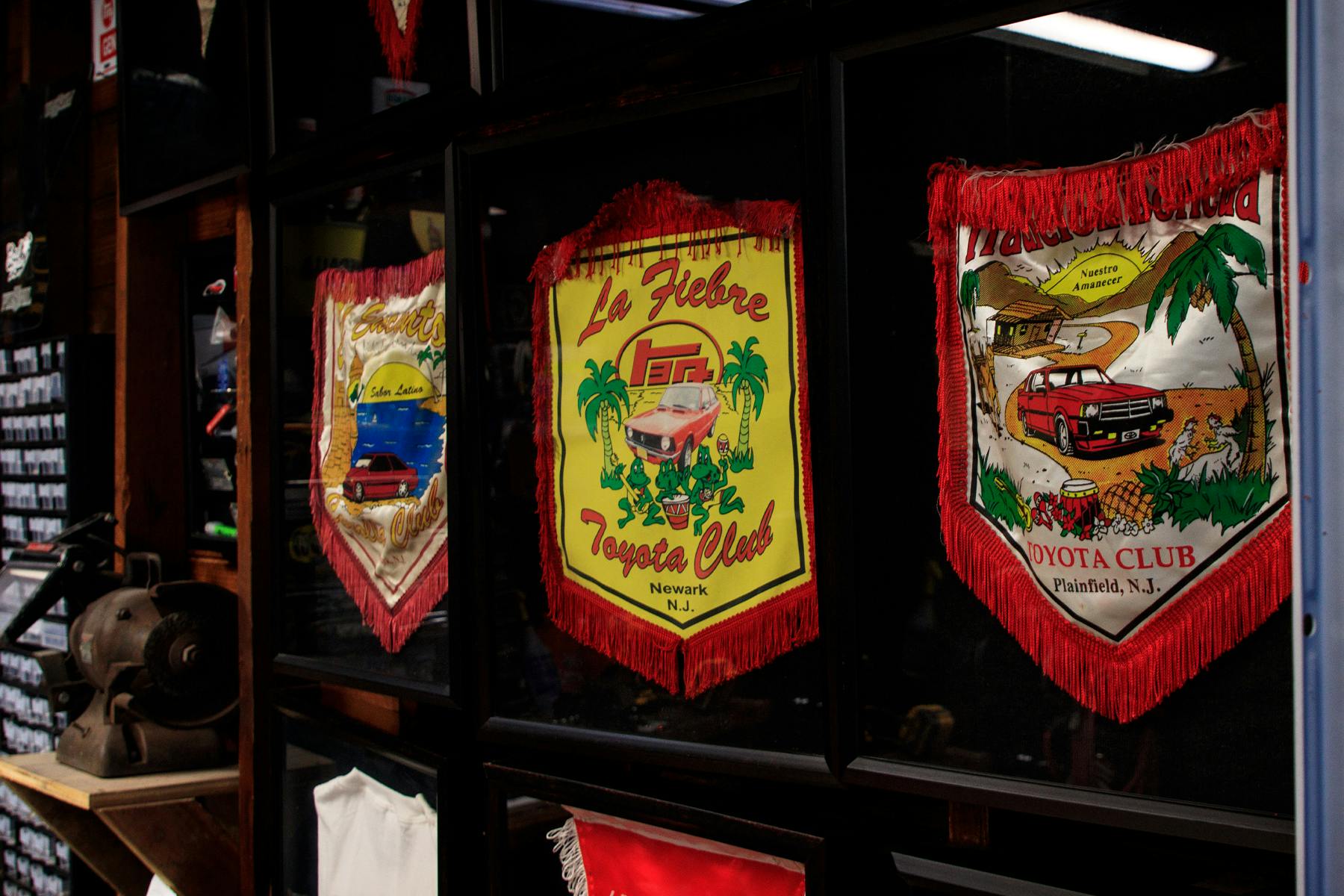
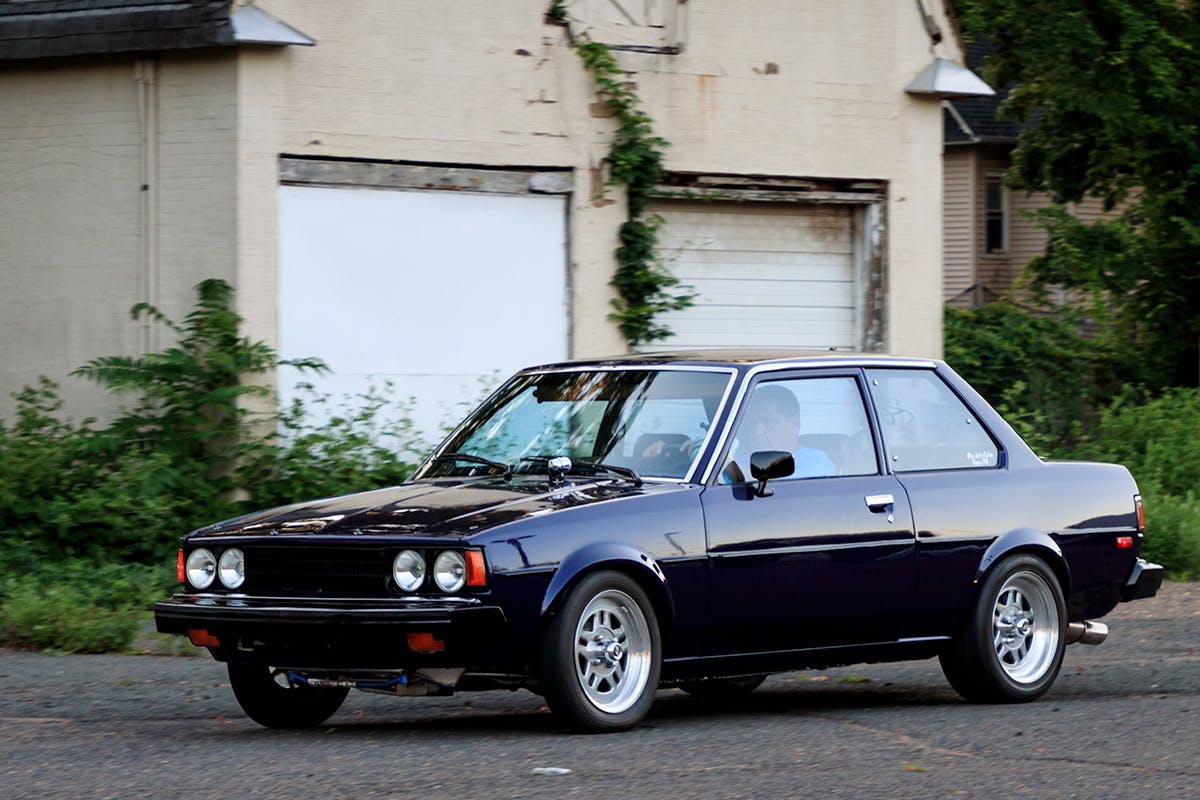
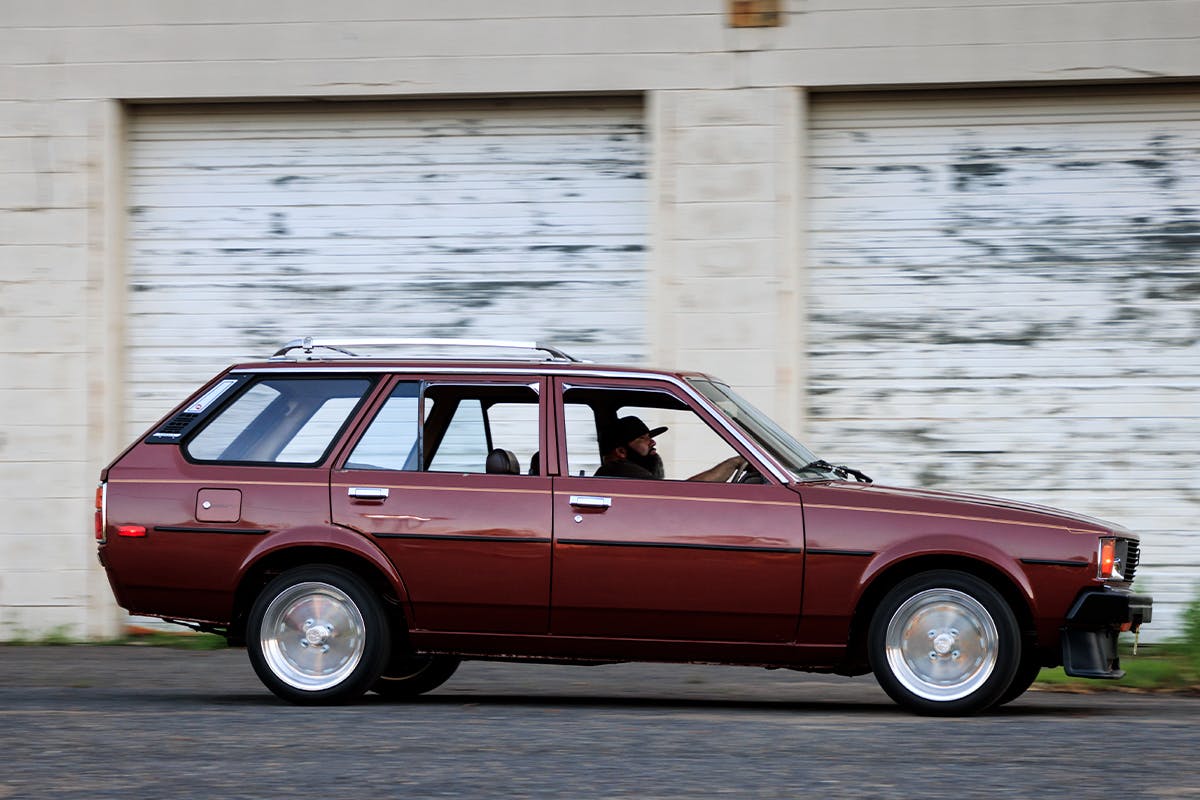
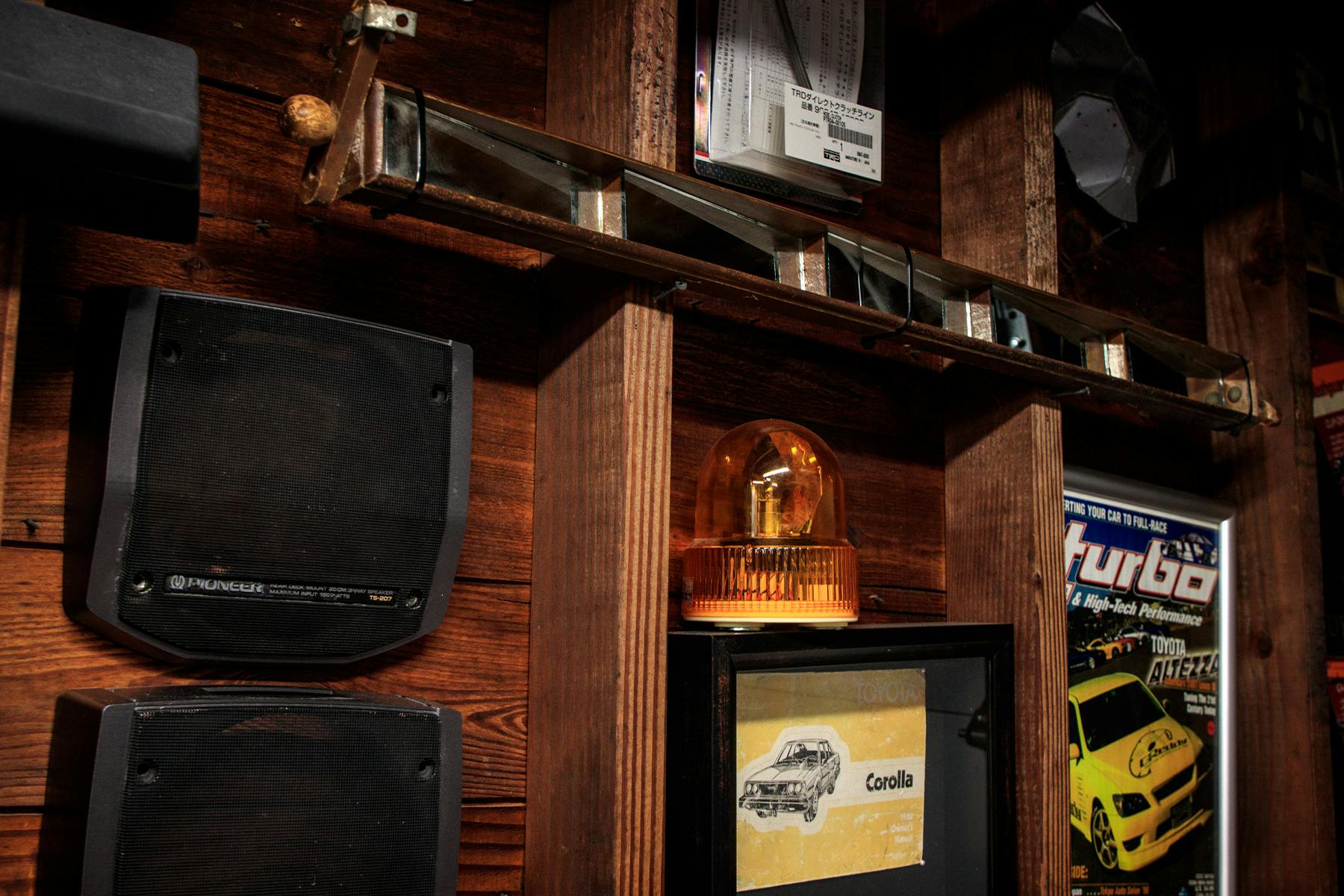
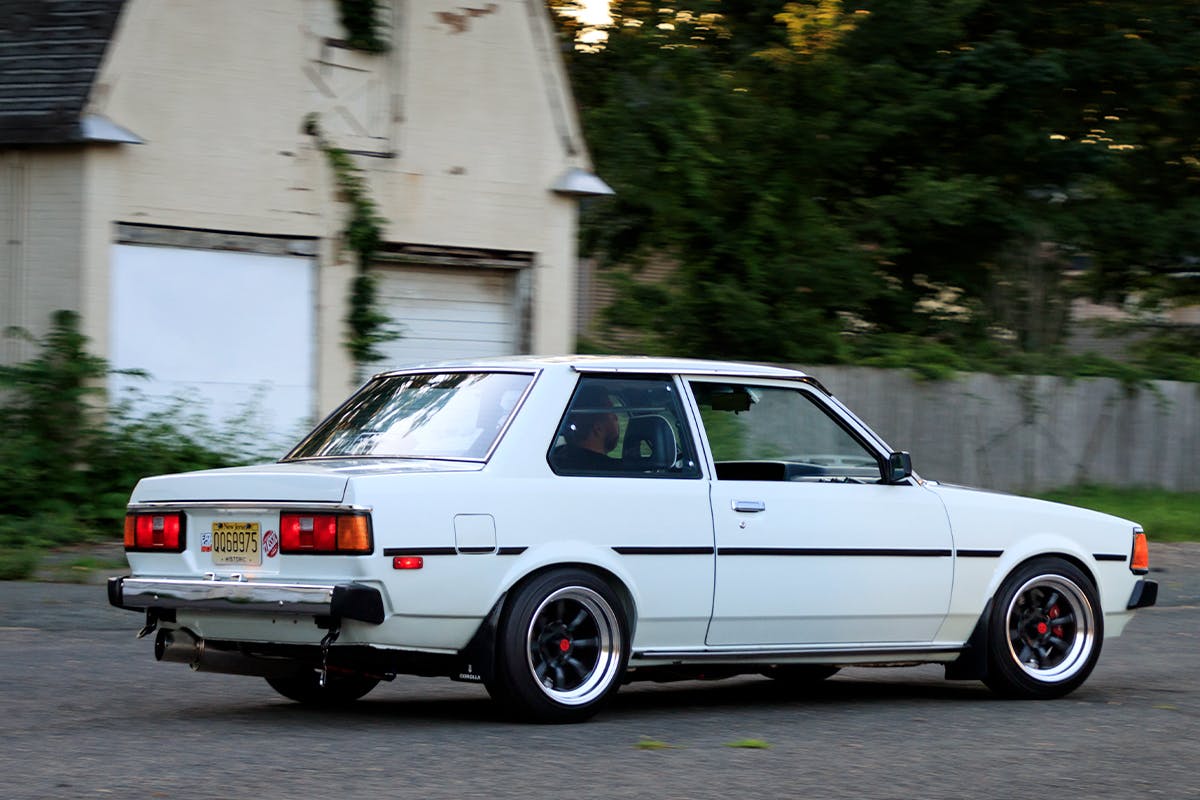
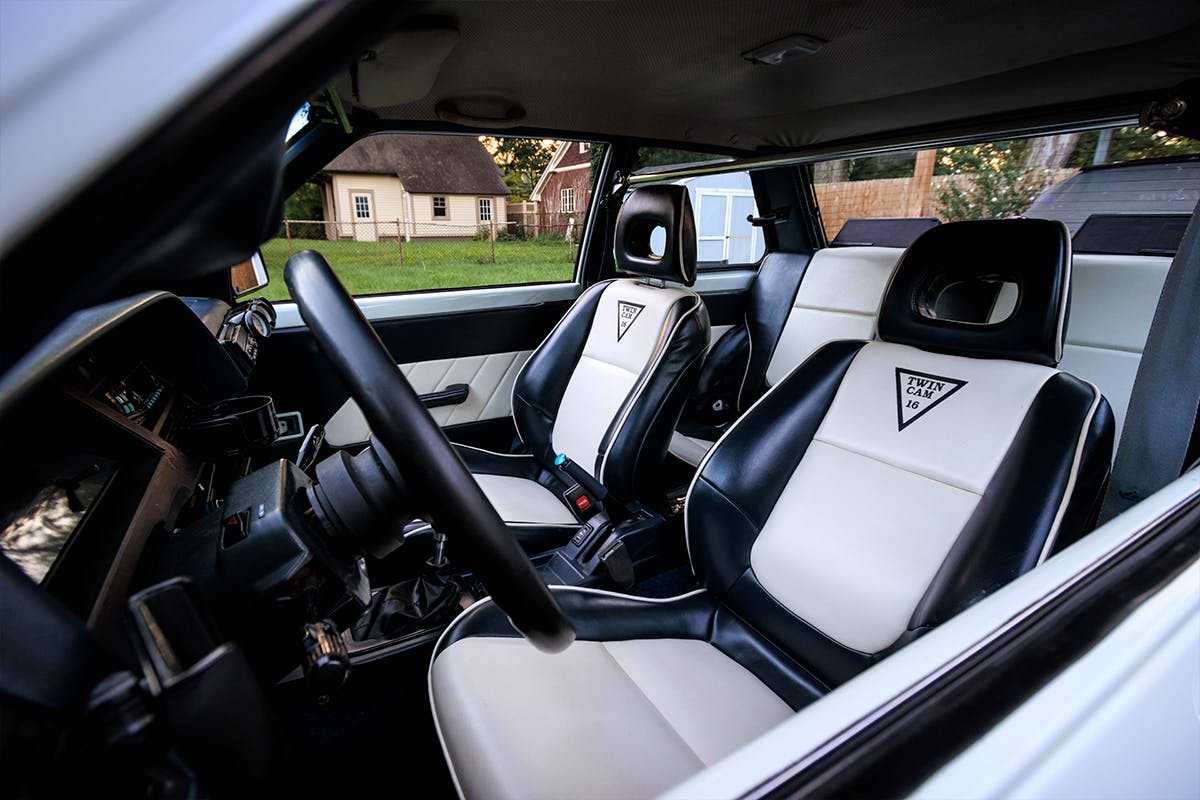
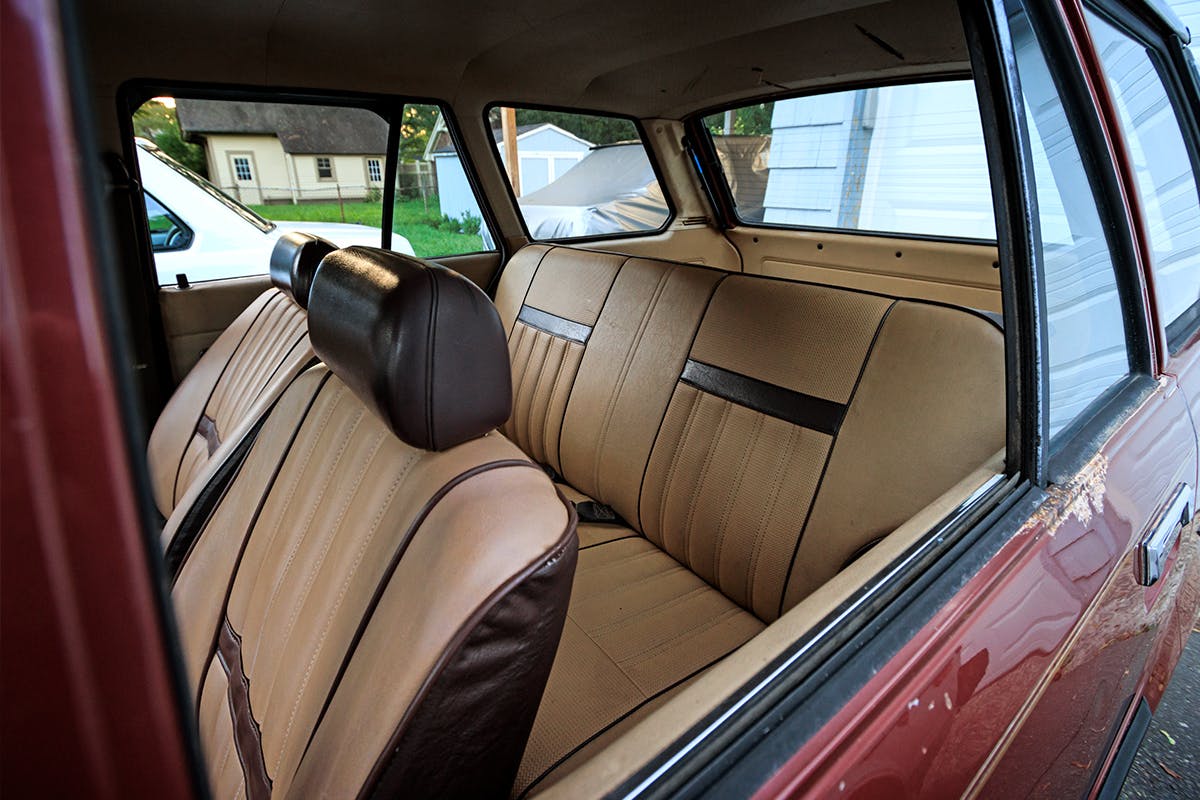
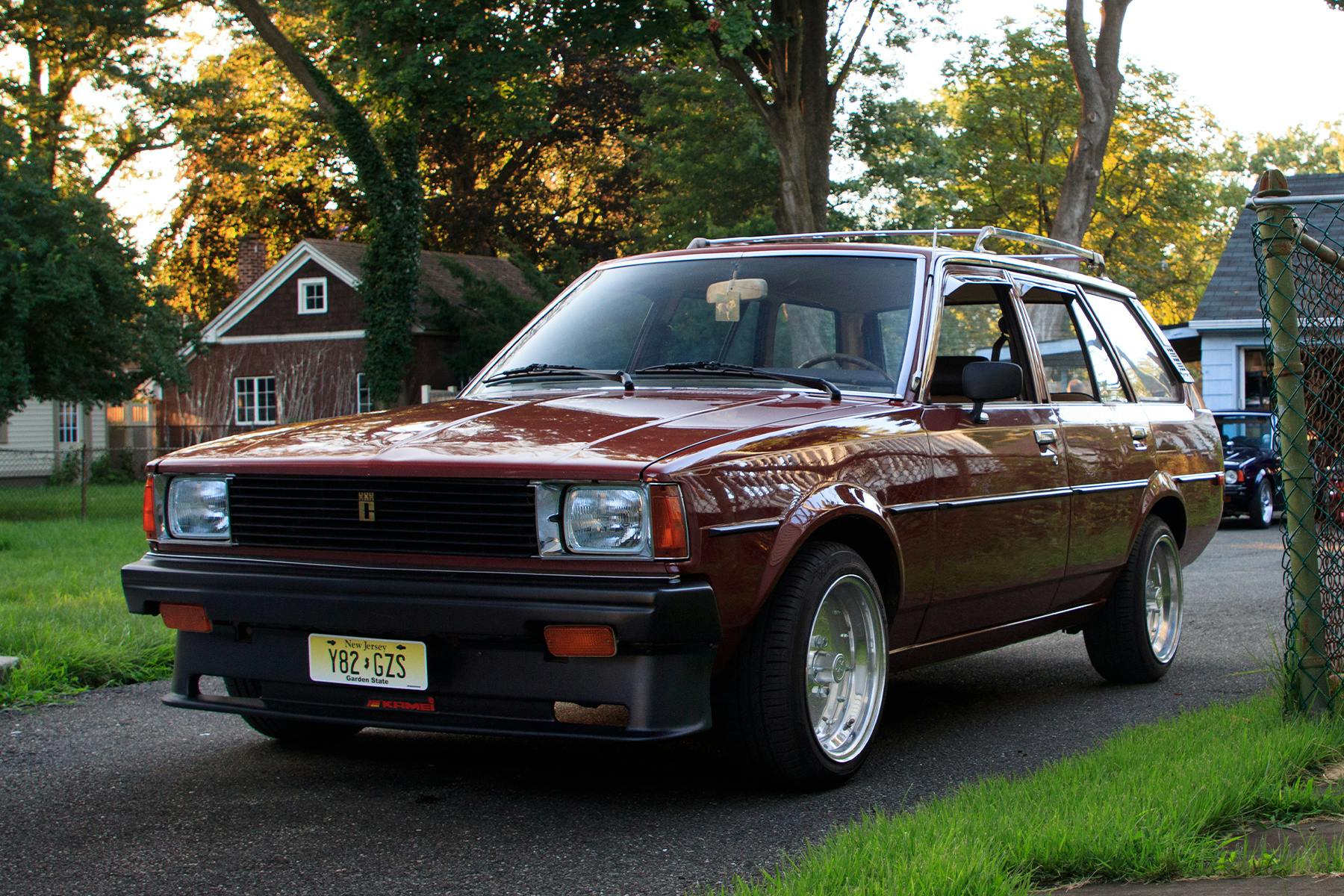
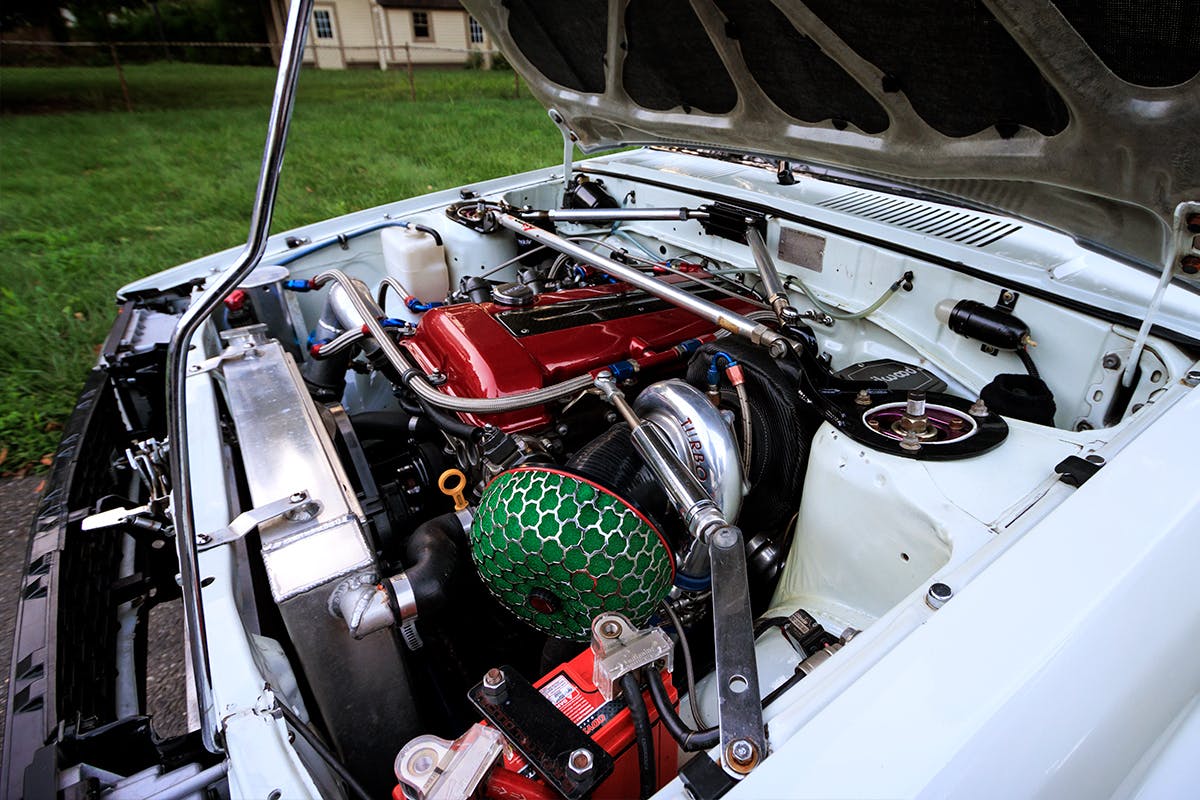
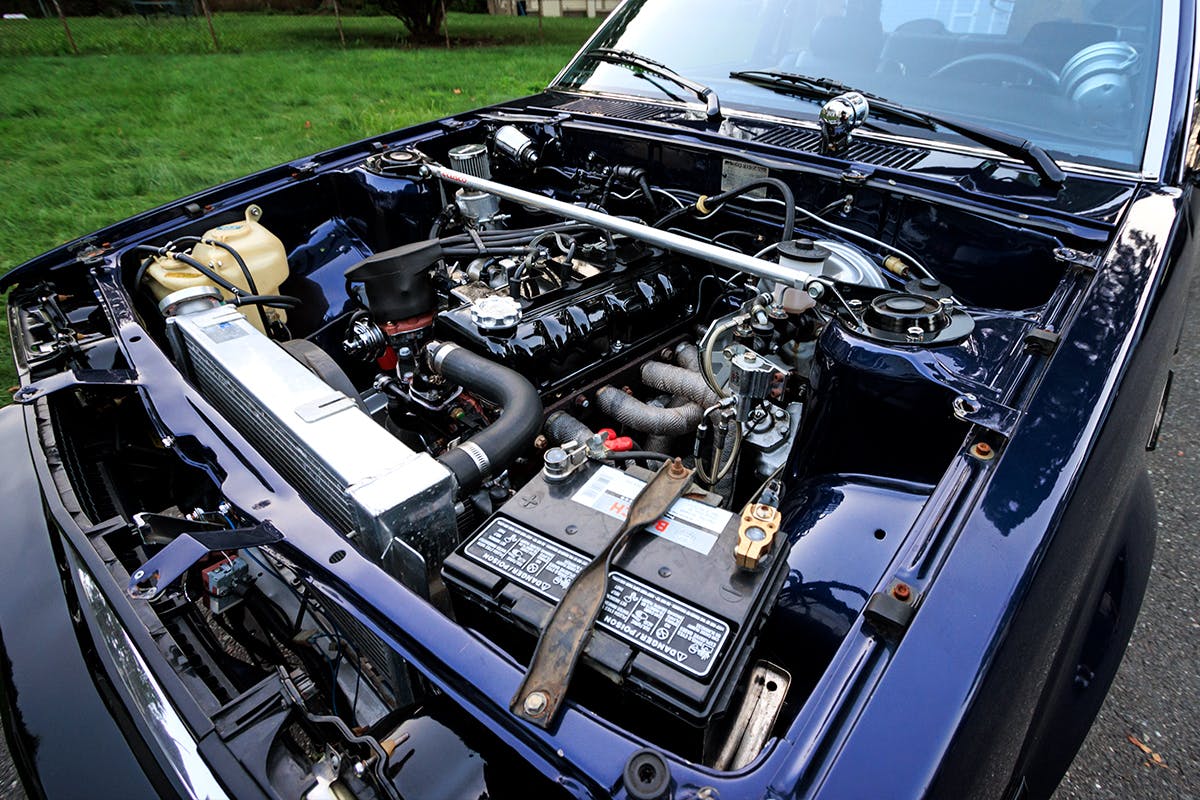
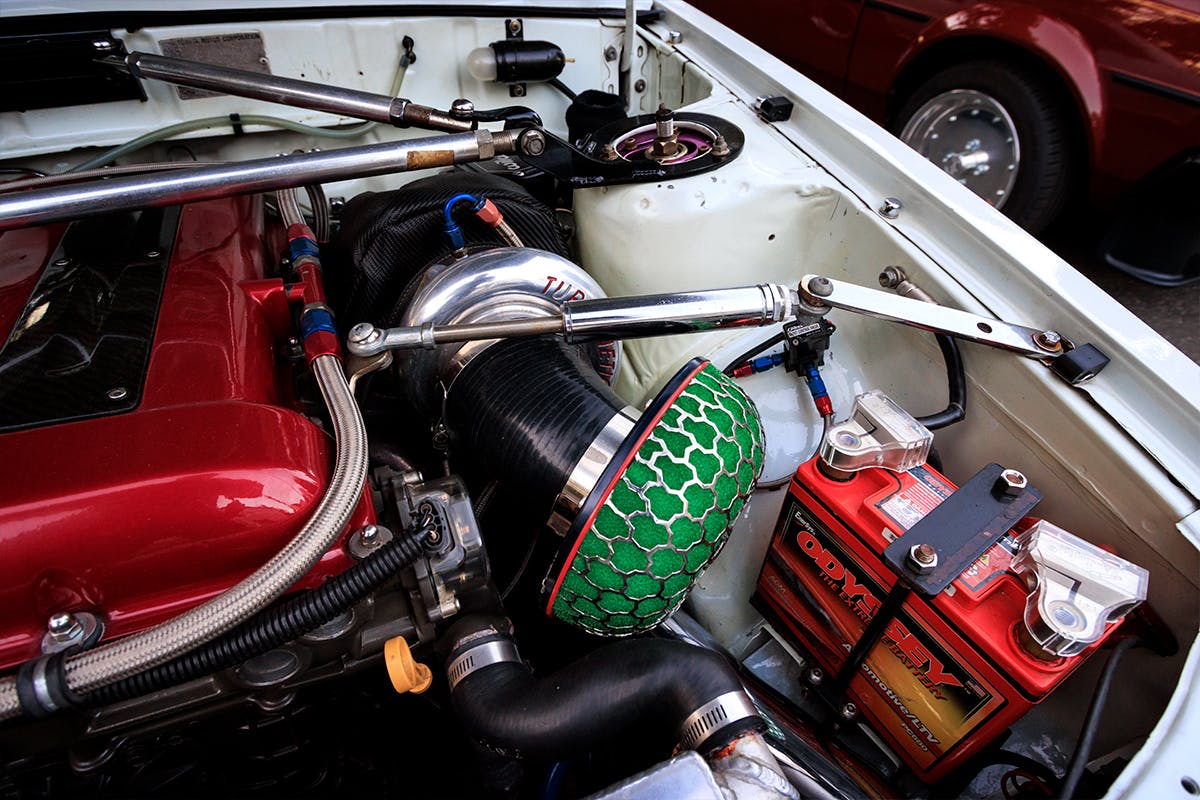
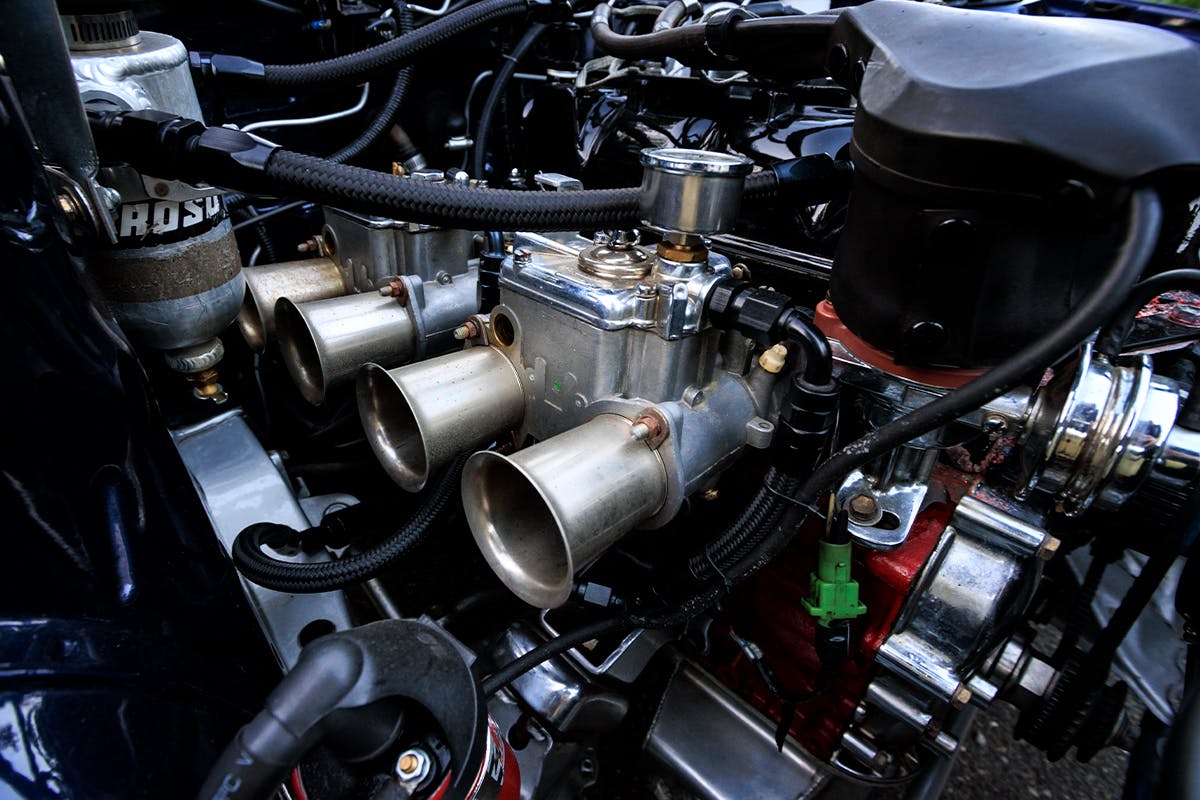
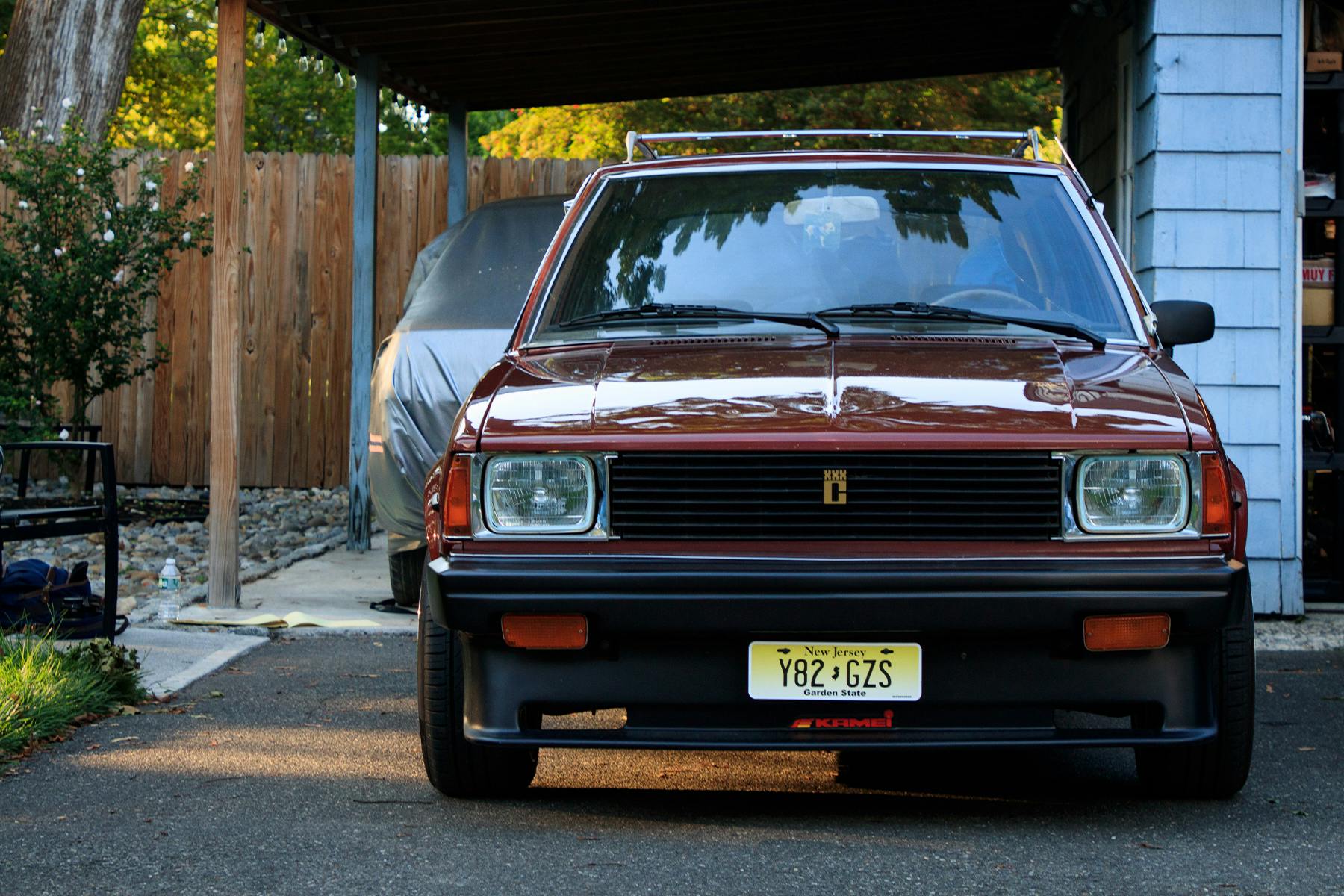
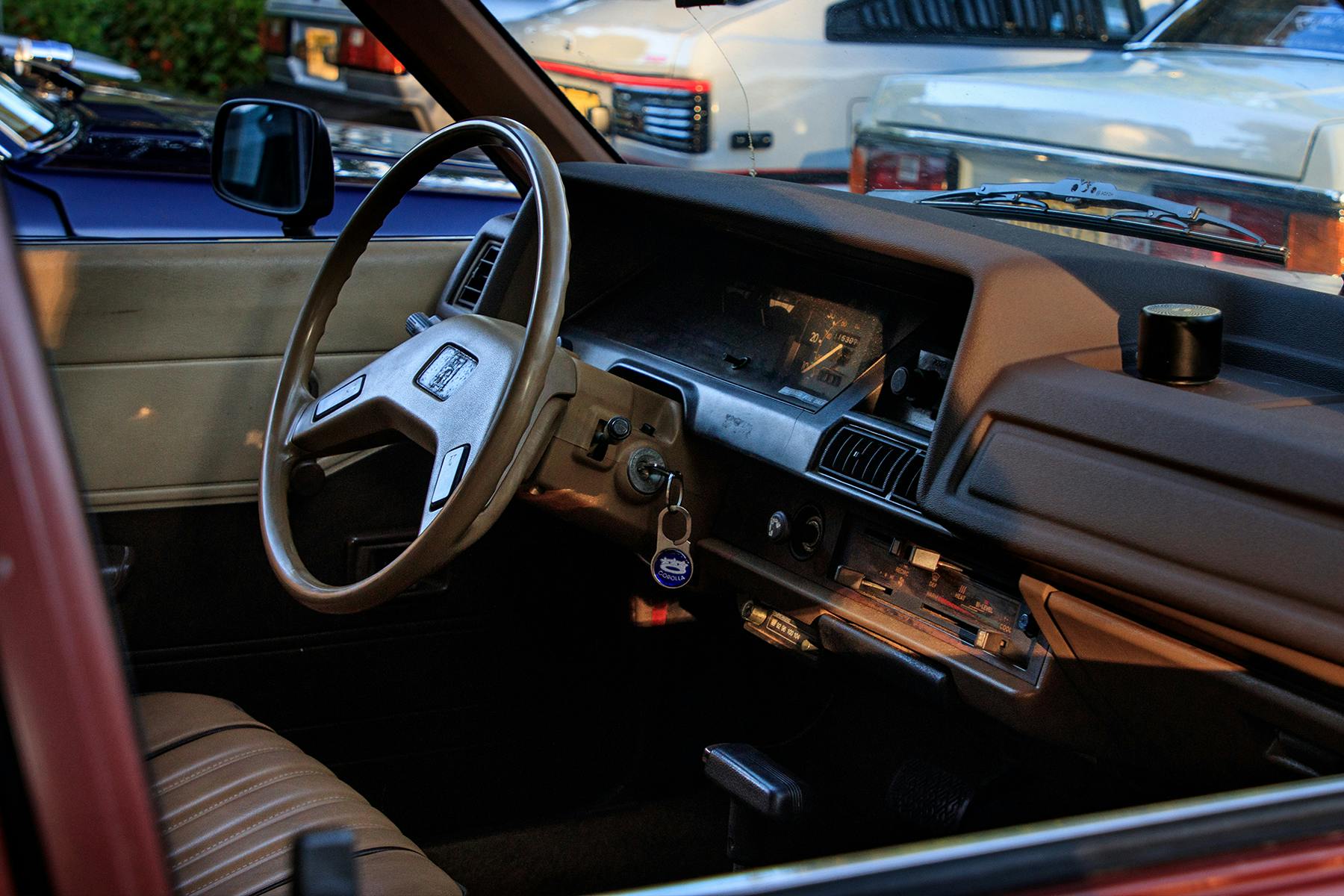

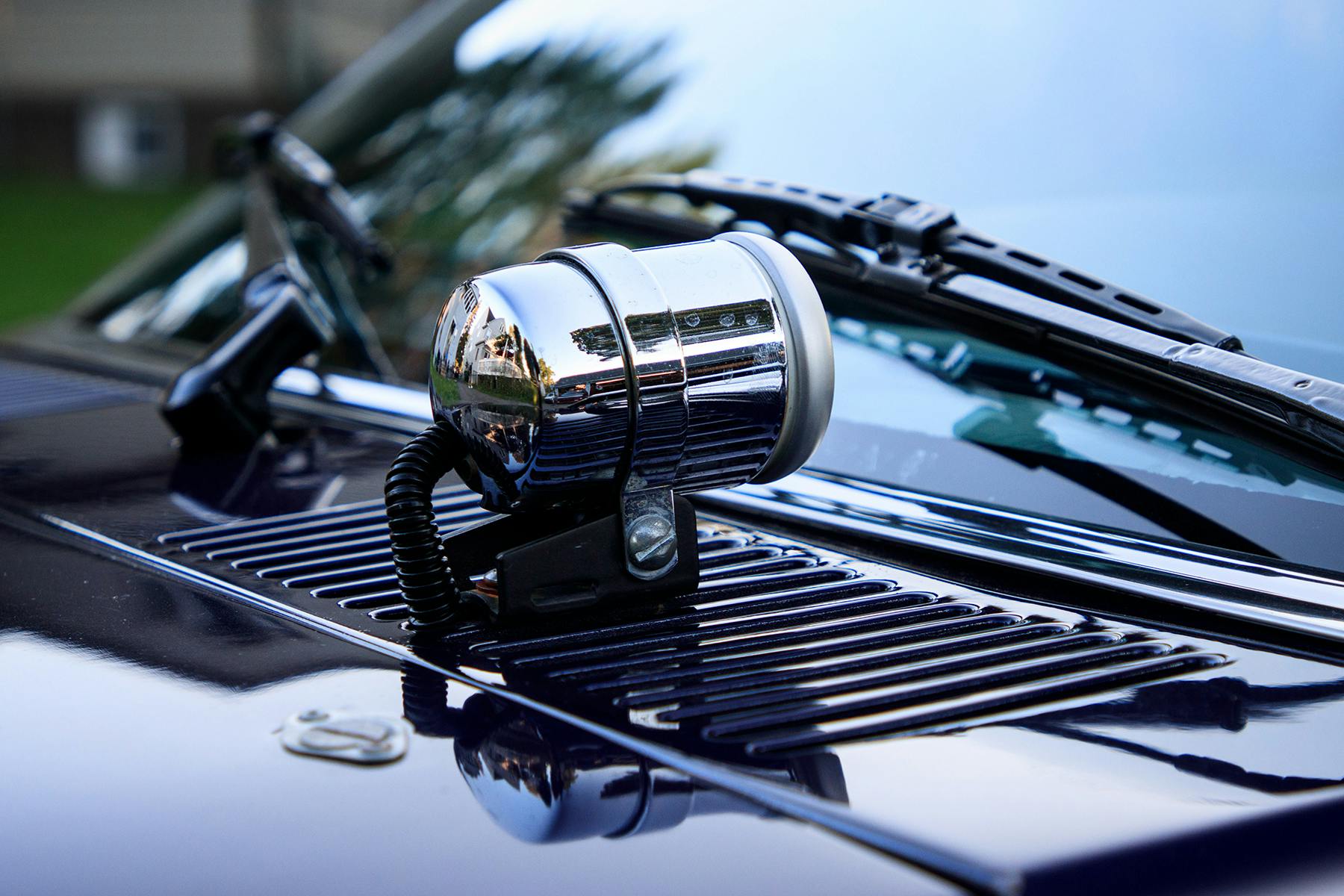
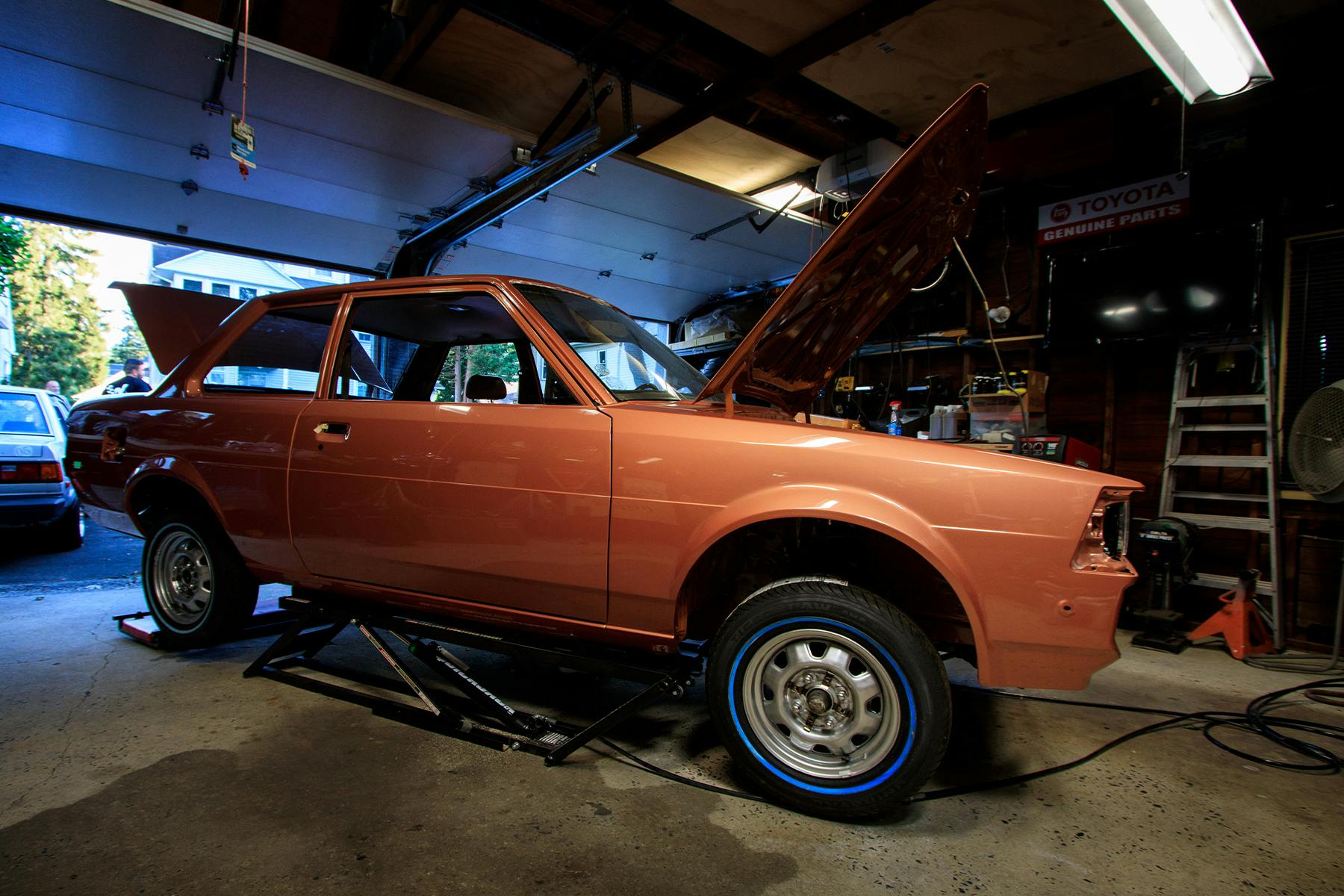

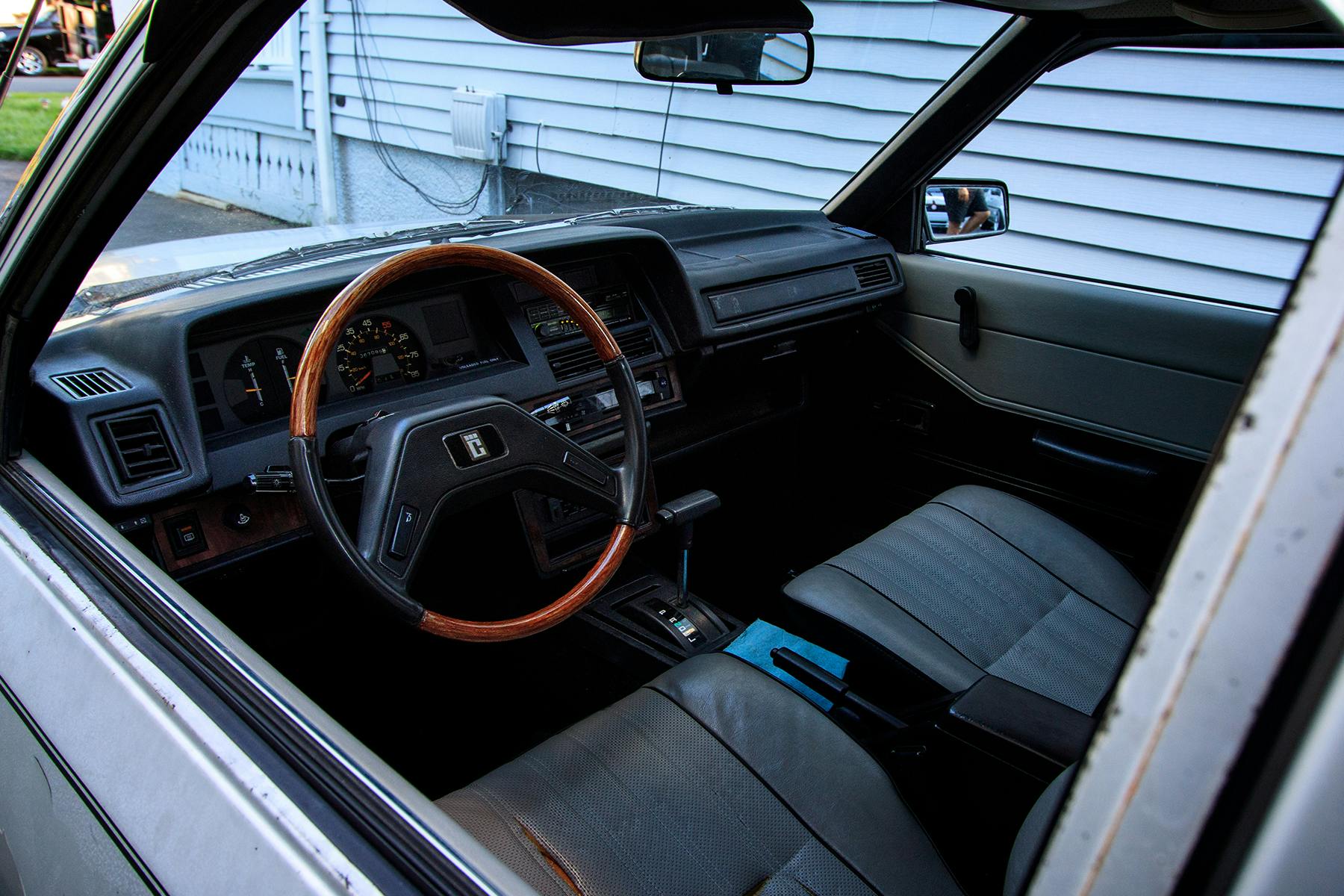
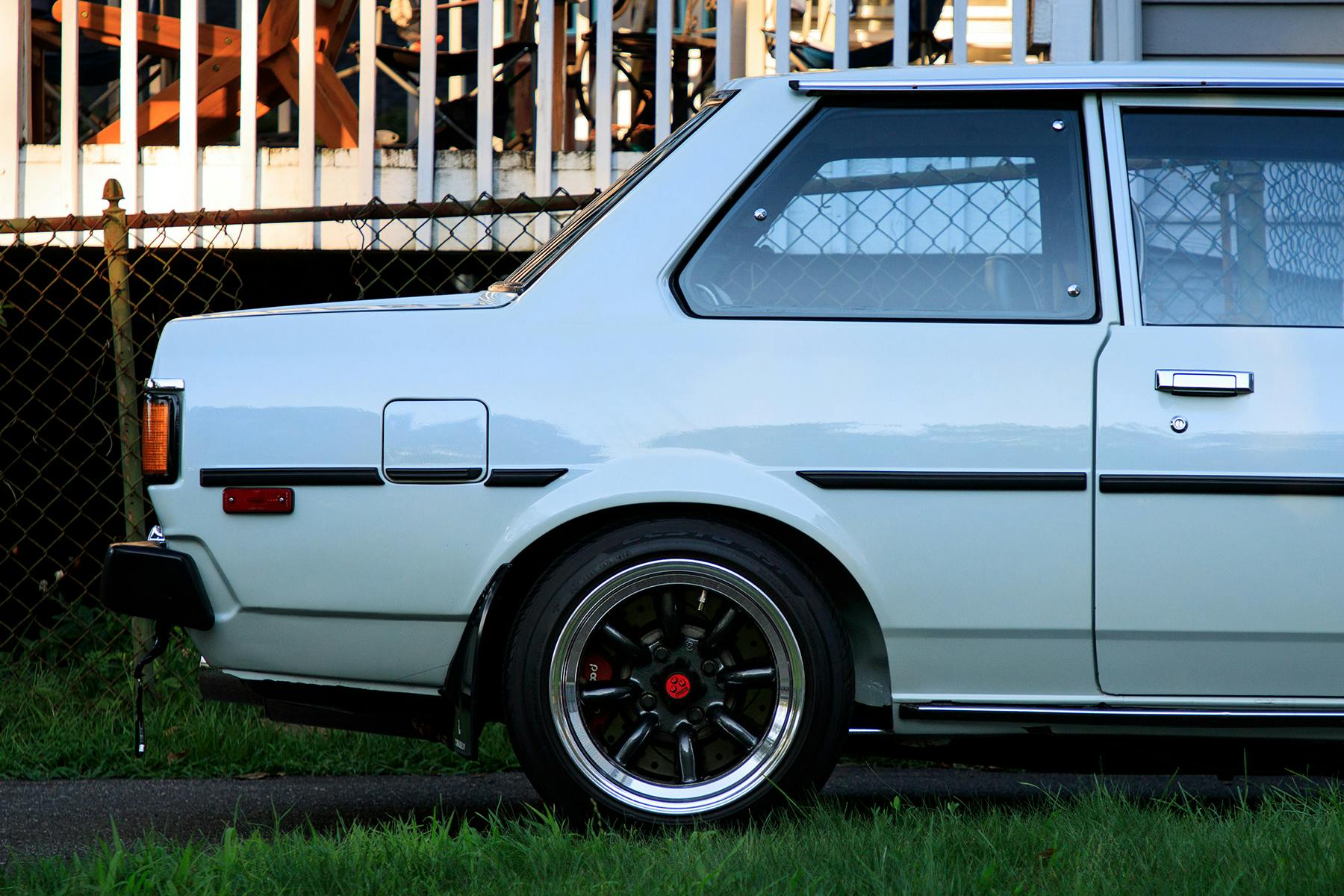
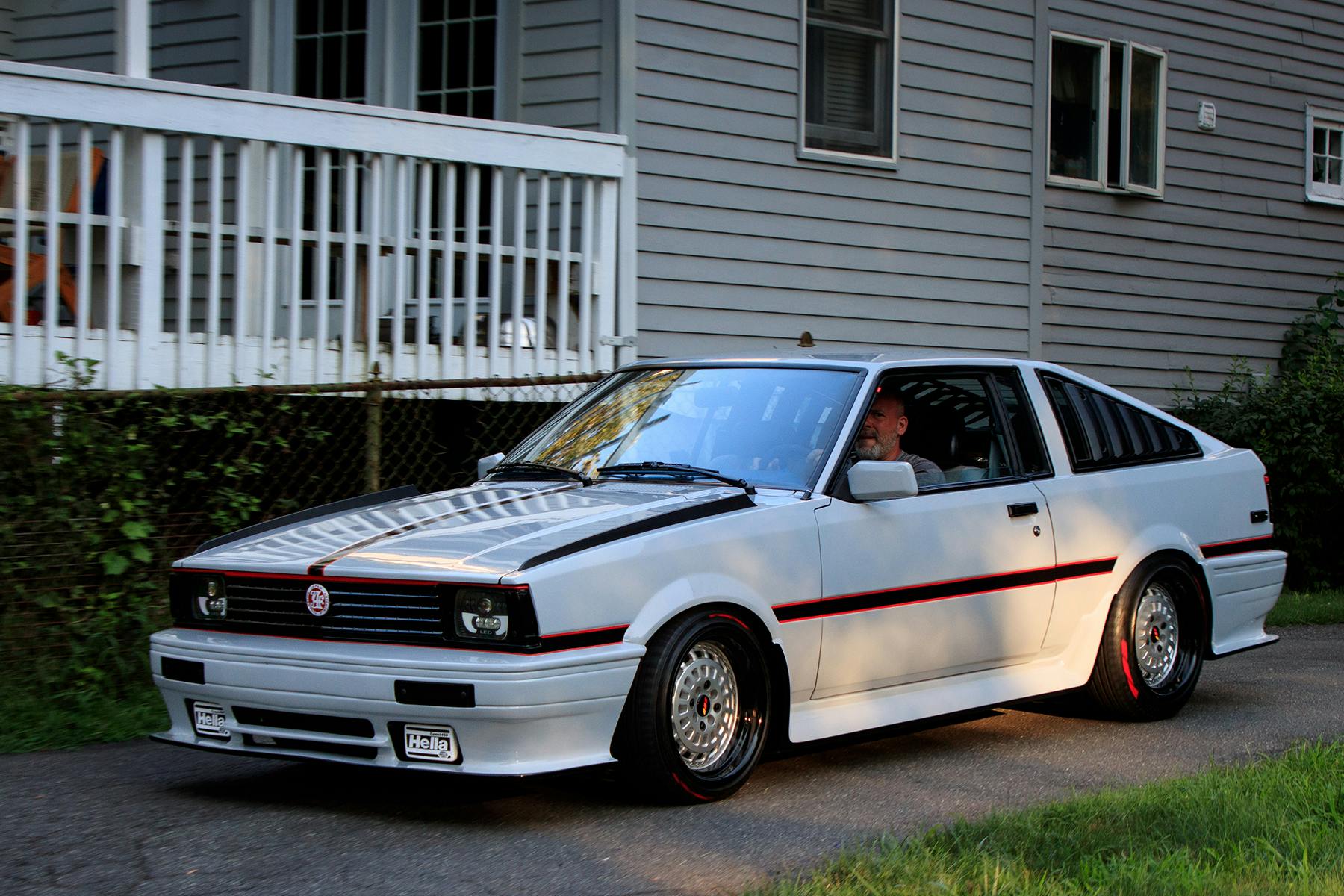
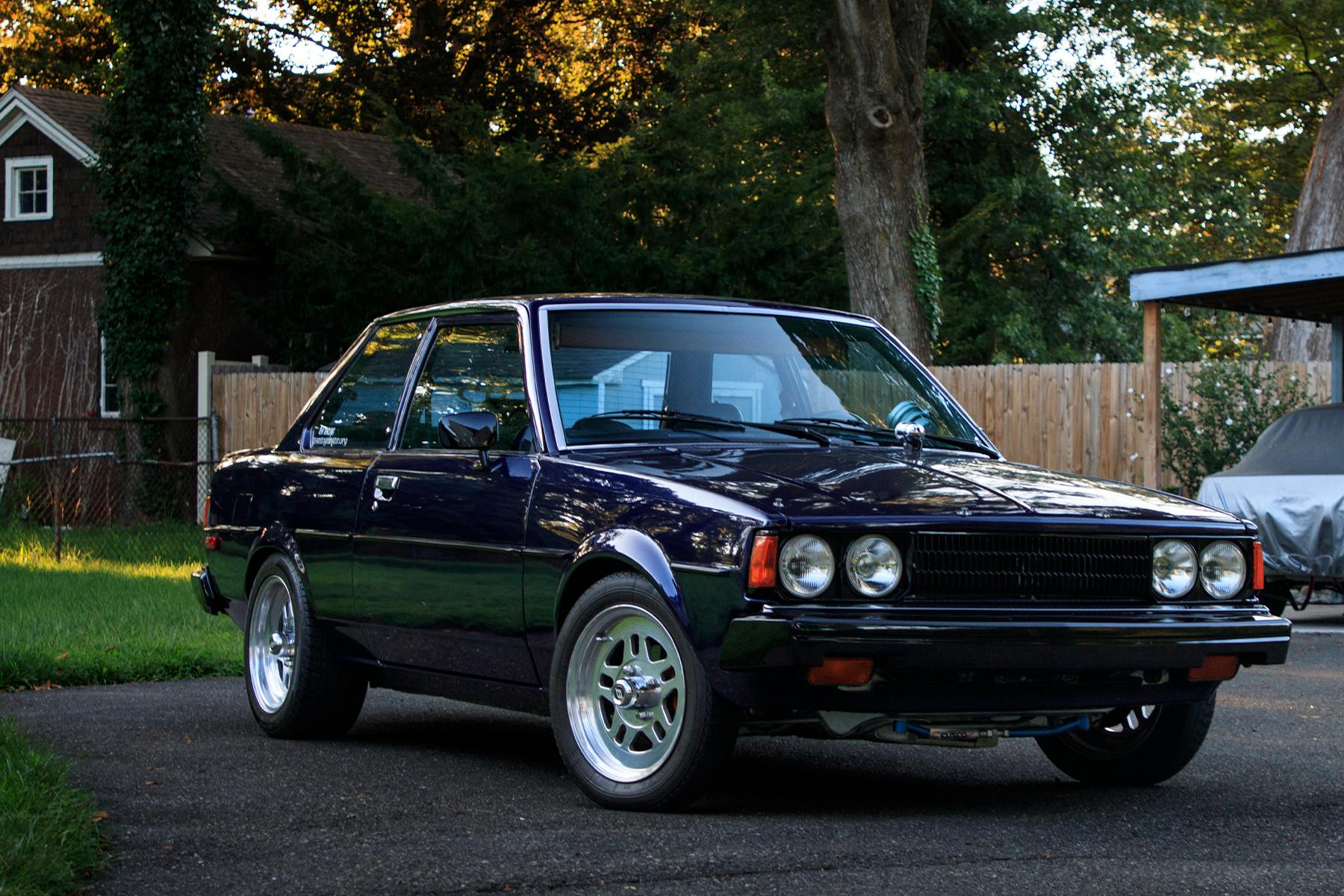


This was interesting. I like the look of these era Toyotas.
Almost never see them where I live, they weren’t sold much here and salt ate those that were.
Thank you Hagerty for showcasing our culture and love for Toyotas.
Thank you for finally giving a spotlight to a car scene I have been apart of since the early nineties.great article and I’m proud of my toyota brothers.
My favorite thing from Puerto Rican car culture is rotary swapped Toyota Corona’s and Corolla’s. Every time I have seen one the owner has a fun story of how they got there.
O.M.G as an old guy from the 60s reading this makes me feel great. Well written, and tip of the hat to the next generation
great article thank you
I have a ’81 Liftback I bought from the original owner 3 years ago. 170k km automatic. It is in surprisingly good shape since it was winter driven in Montreal in its early years. It’s a real fan favorite at car shows. Everyone has a story about one.
Love to read about these little pockets of car Sean, New York must have been an incredible place back then. JDMs from this era seem extremely cool, delightful to see them thriving to this day.
Do you have any information (Names, addresses and tel. #) of shops or individuals that restore VW Bugs in the Washington, DC area ? We have a 1973 bug.